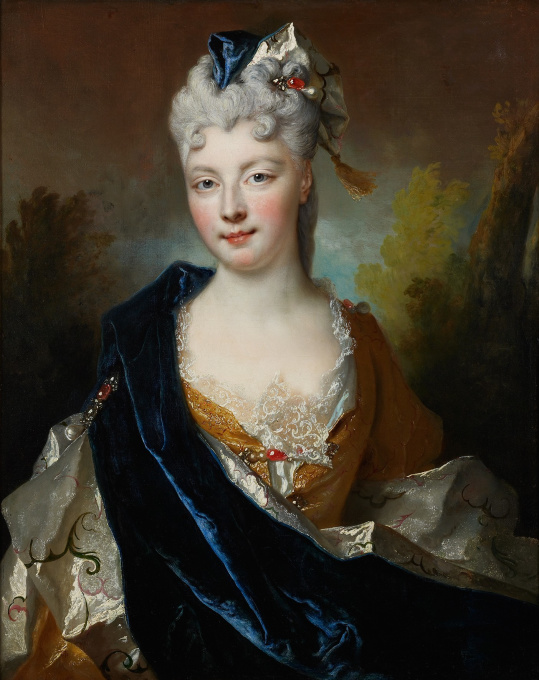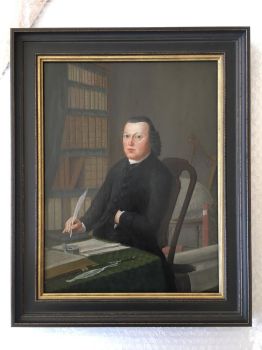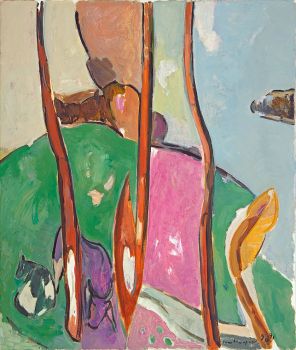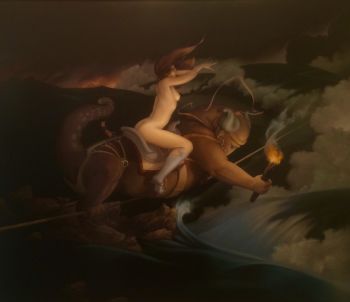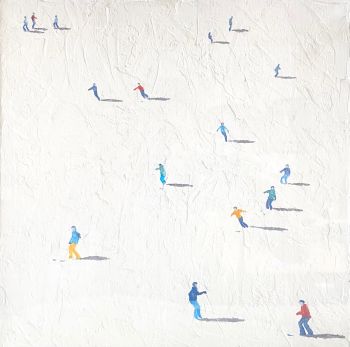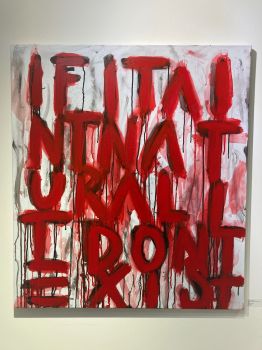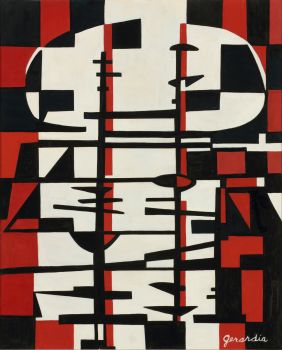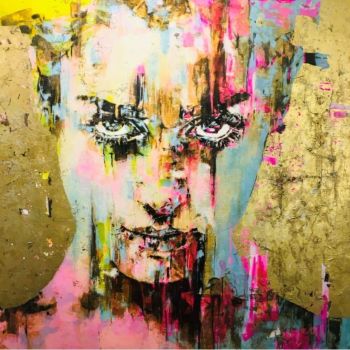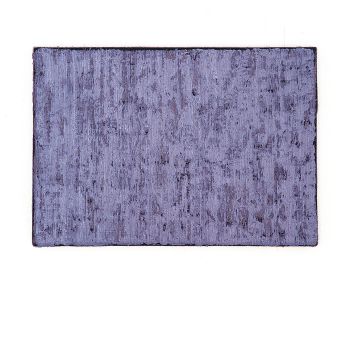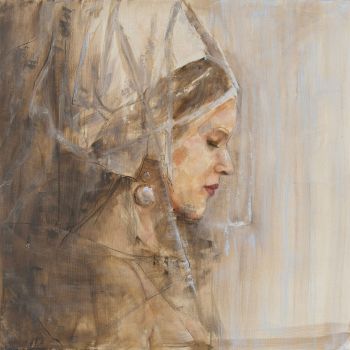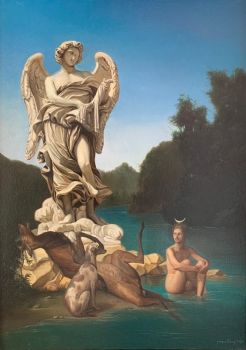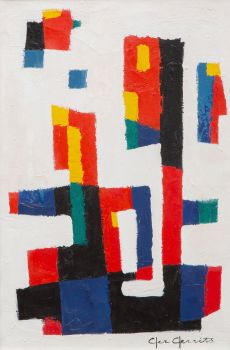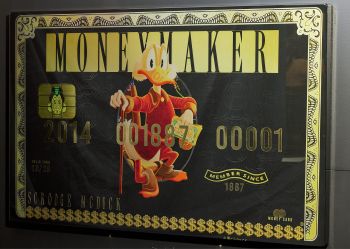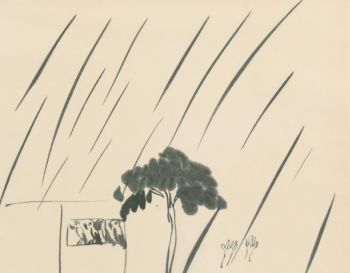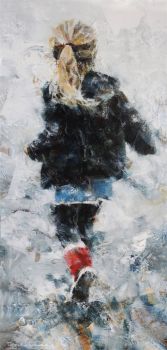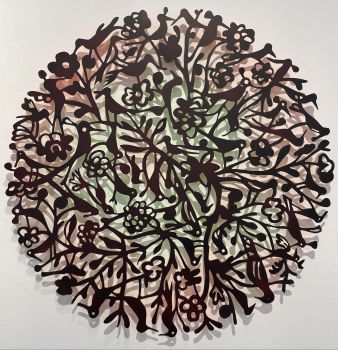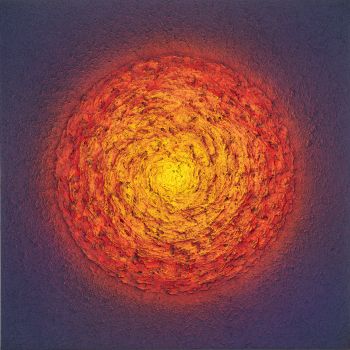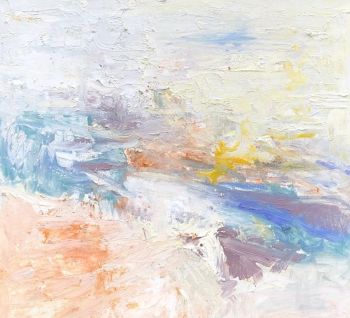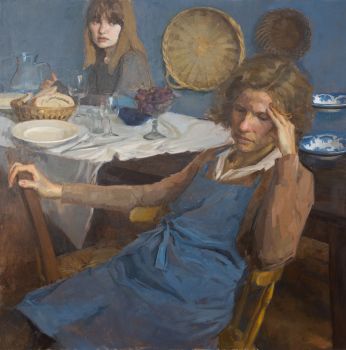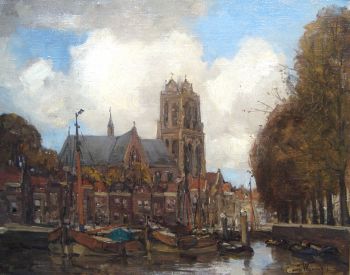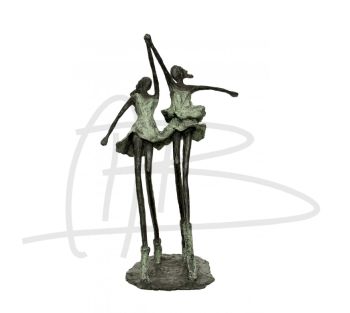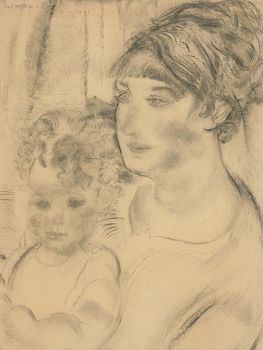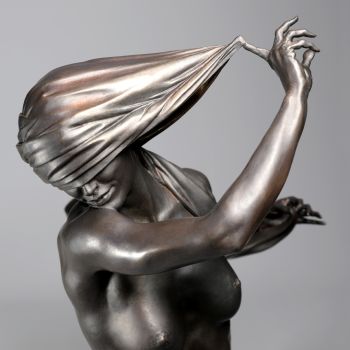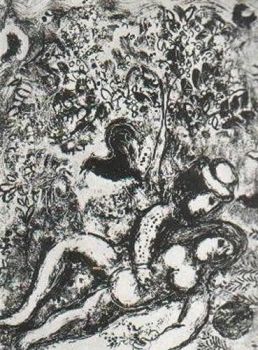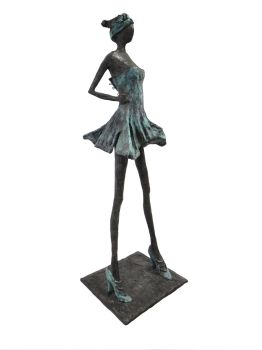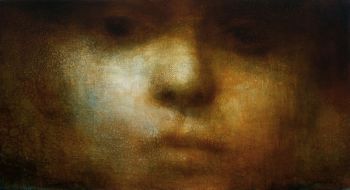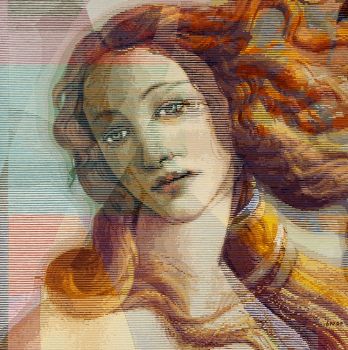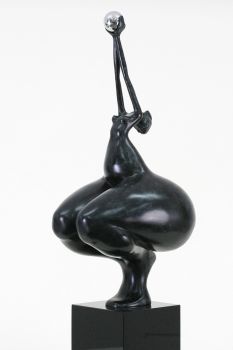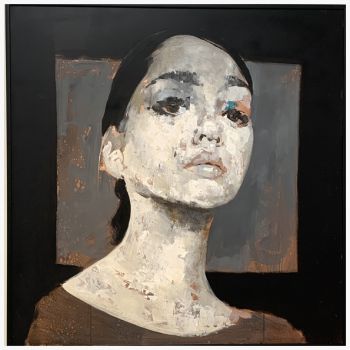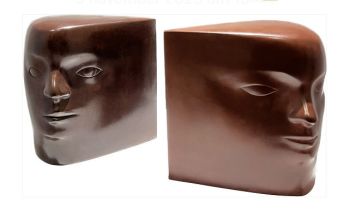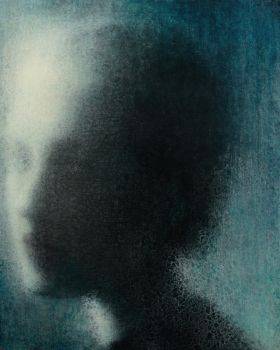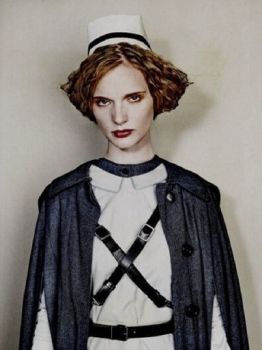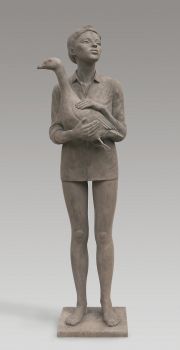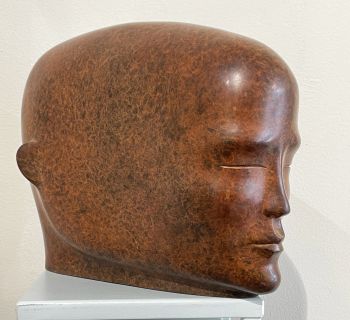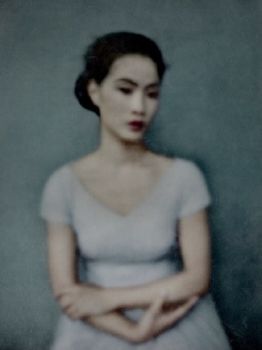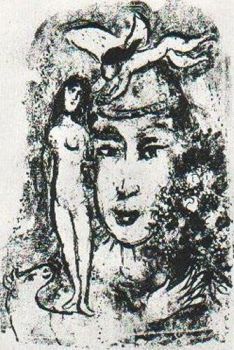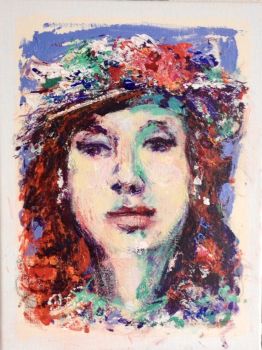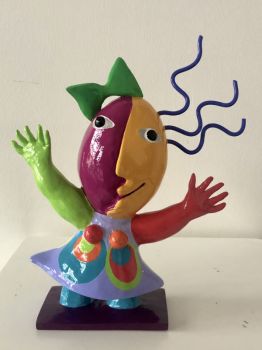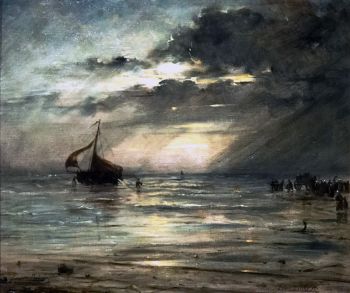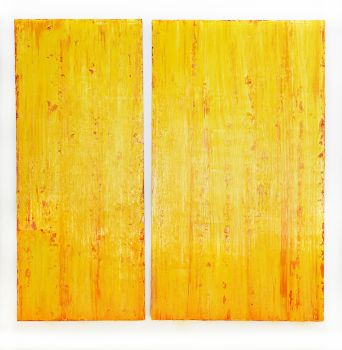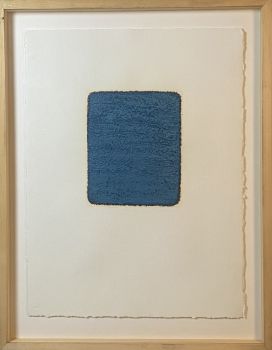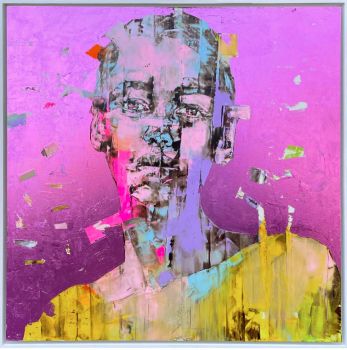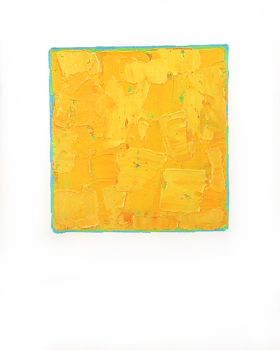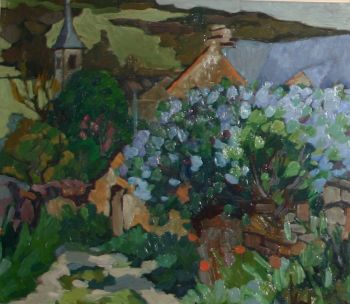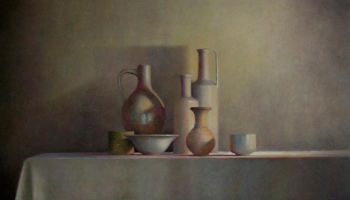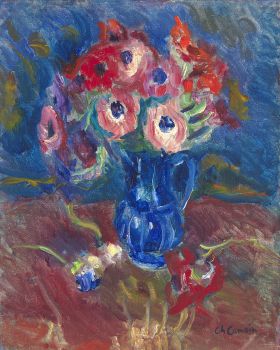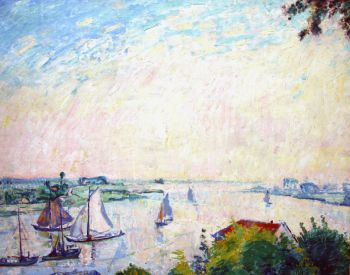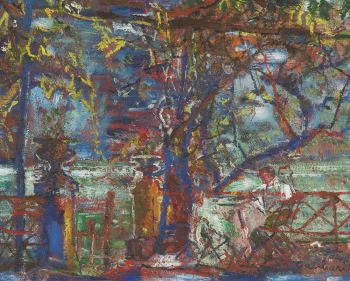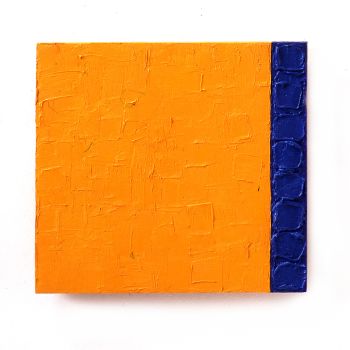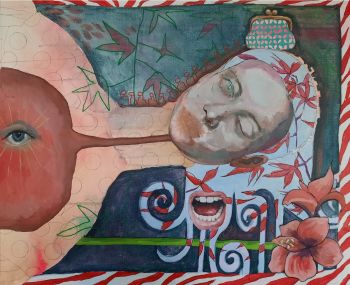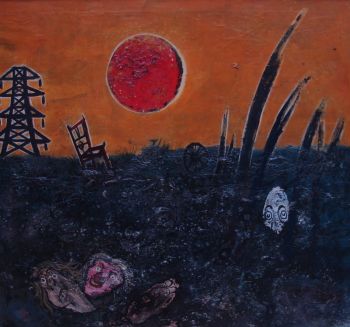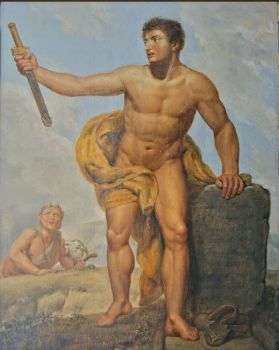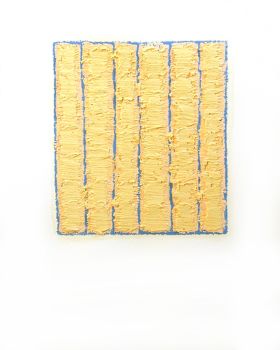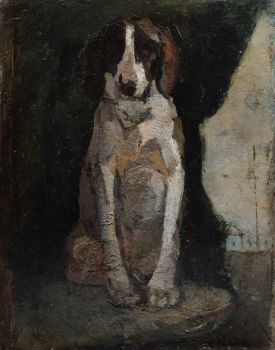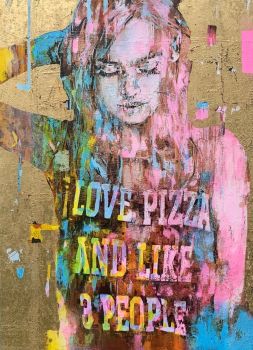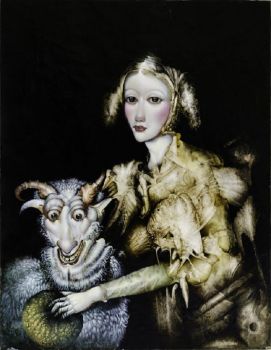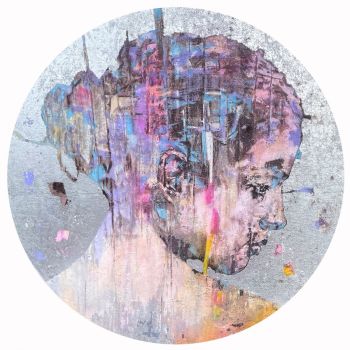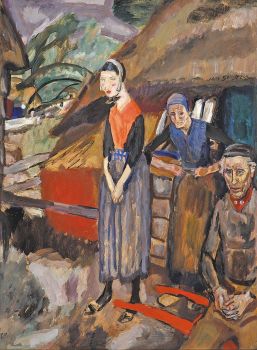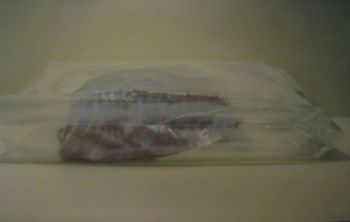A Charming Lady looks at us, dressed in Gown and Velvet Cloak 1714
Nicolas de Largillière
ToilePeinture à l'huilePeindre
83 ⨯ 68 cm
Actuellement indisponible via Gallerease
- Sur l'oeuvre d'artA charming lady looks at us, dressed in a brocade gown and velvet cloak that is held together with a brooch.
The painter Nicolas de Largilliere (Paris 1656-1746) was the society painter of the eighteenth century. With his portraits he caught an image of the flourishing society under the reign of Louis XIV and XV. This picture is a typical example of a fashionable portrait of Larguilliere in the beginning of the early seventeenhundreds. We know from contracts that the price for a portrait like this, without depiction of the hands, the artist demanded 600 livres.
It is quite difficult though, to identify the ladies he painted, because he reduced and embellished the faces of his clients to satisfy their vanity. This approach of portrayal was a common practice of the era. The famous art critic Roger de Piles ascertained in ‘Cour de Peinture par Principe’ that particularly women were less tolerant of realism when they were to be portrayed. (Cour de Peinture, 1706)
This painting is a characteristic work of the master in a compostion he repeatedly used during his career, with or without hands. It is even very well possible that the clothes worn on the painting were owned by the artist. They happen to appear on more than one occasian in the work of the artist, as can be seen on ladies portraits in the Rau collection, the Bayrische Gemäldesammlungen in Munich and in the Museum of Fine Arts in San Francisco in different arrangements. We also see similar tranquil backdrops here.
Largilliere regularly painted several versions of a portrait, as is the case here. Next to this copy of the hand of the master, another copy of his hand is to be seen in the Musee Cognacq-Jay in Paris. A third version, from the atelier of Largilliere, can be seen in the Mayer van den Bergh Museum in Antwerp.
The identity of the lady,
Although the painting has the name of Jeanne de Robais written on the back in an elegant handwriting, it is not at all certain the portrait is hers. Repeated surveys to identify the elegant lady have failed to date. If she is Jeanne de Robais, she is the daughter of Isaac de Robais, a fabulously rich manufacturer from Abbeville. Isaac’s son Abraham was portrayed by Perroneau in 1767 in pastel. (portrait d’Abraham de Robais, 1767 Musee du Louvre R.F. 4146)
The version in the Musée Cognacq-Jay in Paris traditionaly is called portrait of Madame la Duchesse de Beaufort. She was of English nobility and portrayed during her stay in Paris. Little more of her is known. The atelier version of the painting in the Mayer van den Bergh Museum was obtained from the mayor of Oudenbosch, J.B. Klyn, in 1898. It is said that it concerns a ancestral portrait from a family of French nobility that fled France in 1795. - Sur l'artisteLe peintre Nicolas de Largillière (Paris 1656-1746) était le peintre de société du XVIIIe siècle. Avec ses portraits, il saisit une image de la société florissante sous le règne de Louis XIV et XV. Il est cependant assez difficile d'identifier les dames qu'il a peintes, car il a réduit et embelli les visages de ses clientes pour satisfaire leur vanité. Cette approche de la représentation était une pratique courante de l'époque. Le célèbre critique d’art Roger de Piles a constaté dans la Cour de Peinture par Principe que les femmes en particulier étaient moins tolérantes au réalisme lorsqu'elles devaient être représentées. (Cour de Peinture, 1706) Nicolas de Largillière a dit un jour à un ami qu'il ne voulait jamais de commandes officielles; les clients privés étaient moins gênants et le paiement était plus rapide. Contrairement à son ami peintre de cour Hyacinthe Rigaud, Largillière travaille pour la riche bourgeoisie parisienne. Il a grandi à Anvers, puis a travaillé en Angleterre en tant qu'assistant de Sir Peter Lely, peignant des draperies et des natures mortes et développant une version lustrée du style d'Anthony van Dyck. Cette formation flamande a donné les teintes chaudes, les coups de pinceau larges et épais et les courbes sinueuses qui ont donné leur dynamisme aux peintures de Largillière. Il revint à Paris en 1682, devint membre de l'Académie Royale en 1686 et devint finalement son directeur. À la fin des années 1680, Largillière avait établi sa réputation auprès de la bourgeoisie. Il a produit de 1 200 à 1 500 portraits au cours de sa vie, devenant progressivement moins formel et plus détendu dans la description de la pose et du costume. Il a également peint des portraits de groupe pour commémorer des occasions solennelles, des paysages, des natures mortes et des œuvres religieuses. Lorsque Largillière ordonna à son élève Jean-Baptiste Oudry de représenter un bouquet de fleurs entièrement blanches, Oudry rapporta avoir appris une leçon de base sur la couleur. En observant attentivement leurs subtiles variations puis en essayant de les peindre, Oudry en est venu à comprendre comment exprimer les reflets, les nuances de gris et les ombres comme le faisait son professeur Largillière.
Artwork details
Catégorie
Sujet
Style
Matériel & technique
Couleur
Related artworks
 Sélectionné par
Sélectionné parDanny Bree
1 - 4 / 24- 1 - 4 / 24
- 1 - 4 / 24

